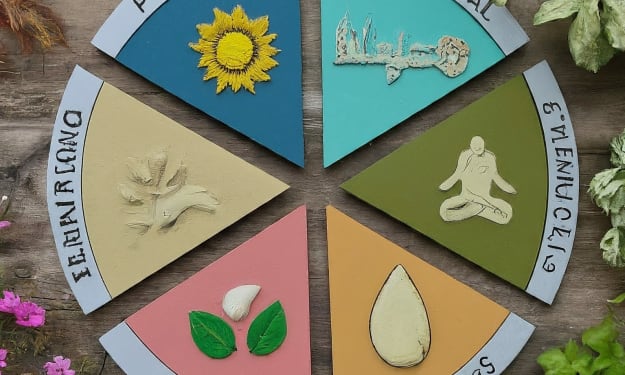Why were ancient Egyptians obsessed with cats
Egyptian cats

The ancient Egyptians were obsessed with cats, and this fascination is evident in the numerous cat-themed artifacts and mummified remains that have survived the millennia.
The reasons behind this obsession are multifaceted and rooted in both practical and spiritual aspects of Egyptian society. One of the primary reasons for the Egyptians' love of cats was their utility as pest control. Cats were known to hunt mice and snakes, which were significant pests in the grain stores and homes of the Egyptians. This practical benefit led to cats being encouraged to stay around and eventually domesticated. The Egyptians also believed that cats had a protective nature, which made them a symbol of the home, women, and fertility.
Tomb paintings from the New Kingdom period often feature cats as dedicated companions of women, seated under their chairs, emphasizing their role in domestic life. The Egyptians also revered cats for their ability to kill poisonous snakes, which were a real threat in their society. This behavior, combined with their ability to have many kittens, made them a symbol of protection and fertility.
The goddess Bastet, often depicted as a lion or cat, was particularly associated with these qualities and was revered for her role in protecting the home and bringing good luck during childbirth. The Egyptians' spiritual connection to cats is also evident in their religious practices. Cats were believed to carry the divine essence of Bastet, the cat-headed goddess who represented fertility, domesticity, music, dance, and pleasure. This belief led to the veneration of cats and the penalty for killing one, even accidentally, being death.
Charms and amulets depicting cats were worn to protect the home and bring good luck during childbirth, and jewelry fashioned into cats and kittens were popular New Year's gifts. The sheer number of mummified cats recovered from burial sites is a testament to the Egyptians' devotion to these animals. At the Temple of Bastet in Tell-Basta, it is believed that priests maintained large "catteries" that supplied a thriving trade in cat mummies.
These mummies were sold to pilgrims who would visit the temple to honor the goddess Bastet. The Egyptians' love of cats was not limited to their practical and spiritual significance. Cats were also a symbol of royalty and were often depicted in art and architecture. The Great Sphinx of Giza, a 240-foot-long monument with the face of a man and the body of a lion, is a famous example of this.
The powerful goddess Sekhmet, often depicted as a lion-headed woman, was also associated with cats and was revered for her protective qualities. In conclusion, the ancient Egyptians' obsession with cats was rooted in both practical and spiritual aspects of their society. Cats were valued for their utility as pest control, their protective nature, and their association with the goddess Bastet.
The Egyptians' love of cats is evident in the numerous cat-themed artifacts and mummified remains that have survived the millennia, and their devotion to these animals continues to fascinate us today.The sheer number of mummified cats recovered from burial sites is a testament to the Egyptians' devotion to these animals.
At the Temple of Bastet in Tell-Basta, it is believed that priests maintained large "catteries" that supplied a thriving trade in cat mummies. These mummies were sold to pilgrims who would visit the temple to honor the goddess Bastet. The Egyptians' love of cats was not limited to their practical and spiritual significance.
Cats were also a symbol of royalty and were often depicted in art and architecture. The Great Sphinx of Giza, a 240-foot-long monument with the face of a man and the body of a lion, is a famous example of this. The powerful goddess Sekhmet, often depicted as a lion-headed woman, was also associated with cats and was revered for her protective qualities.
About the Creator
kalasa Aaron
"Writer with a talent for crafting engaging, reader-friendly content that resonates with audiences.
Enjoyed the story? Support the Creator.
Subscribe for free to receive all their stories in your feed. You could also pledge your support or give them a one-off tip, letting them know you appreciate their work.






Comments
There are no comments for this story
Be the first to respond and start the conversation.